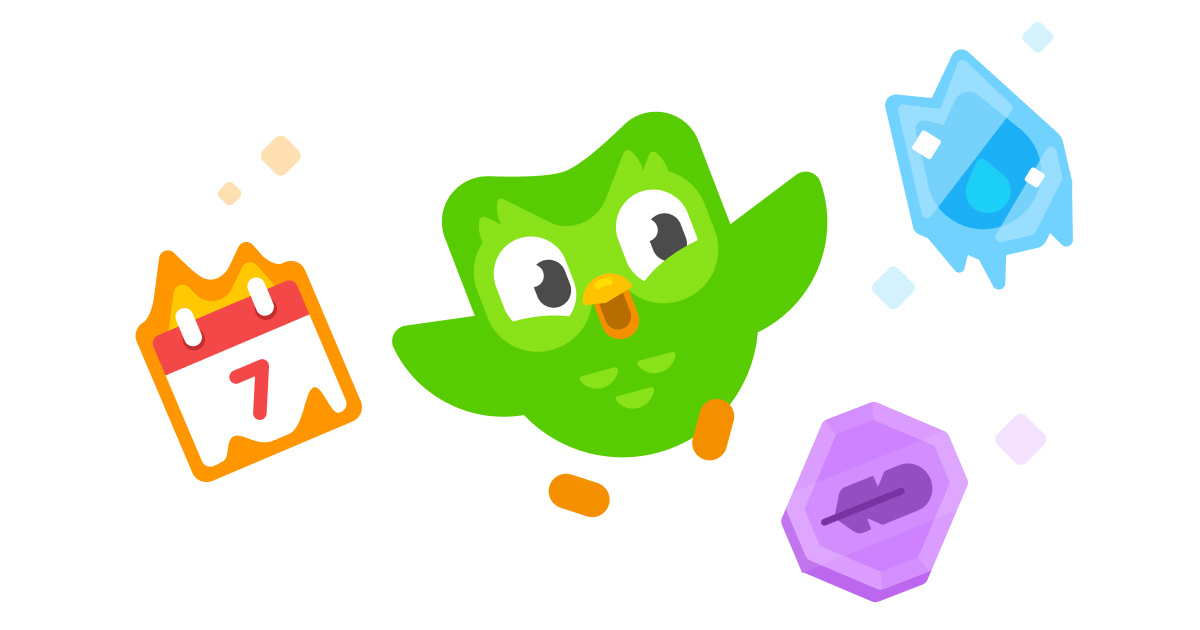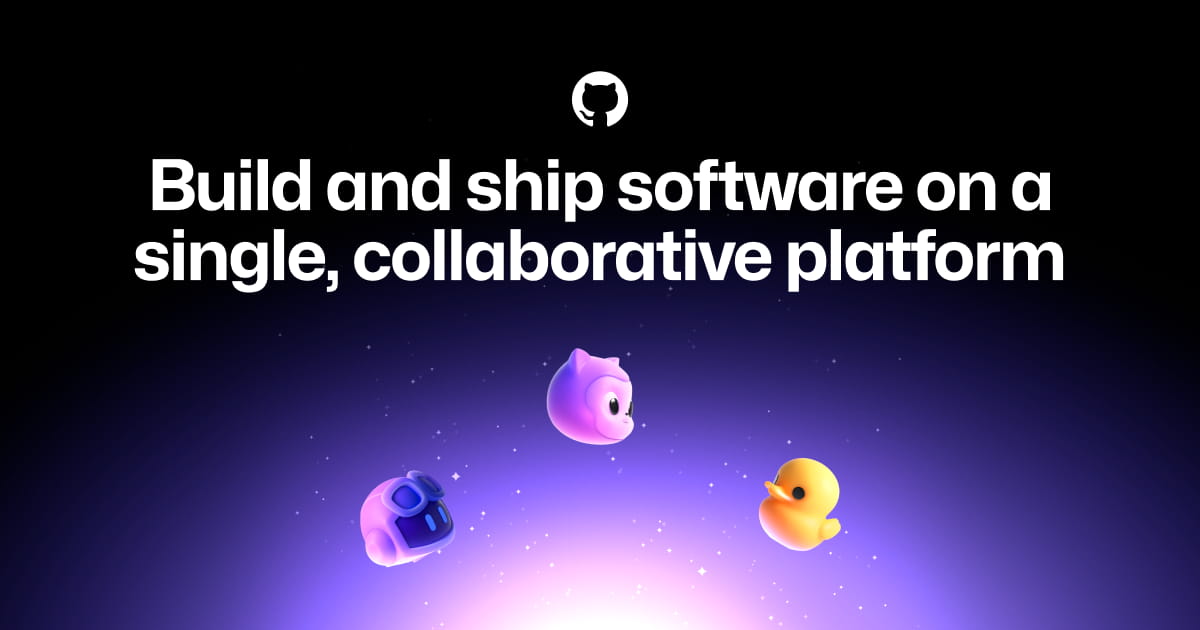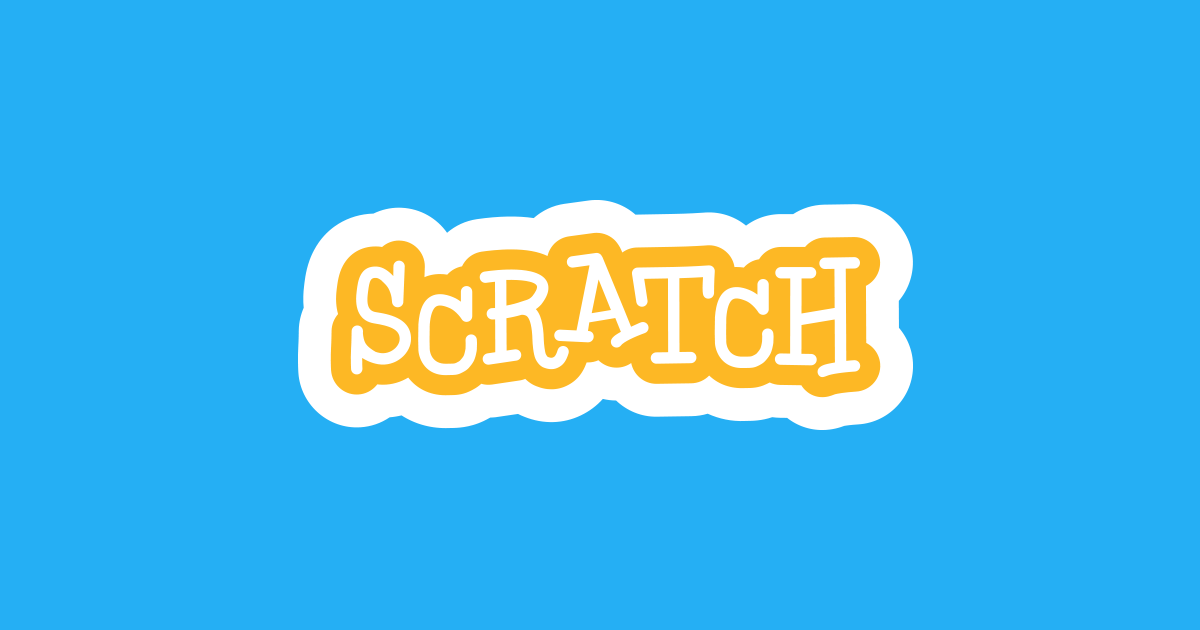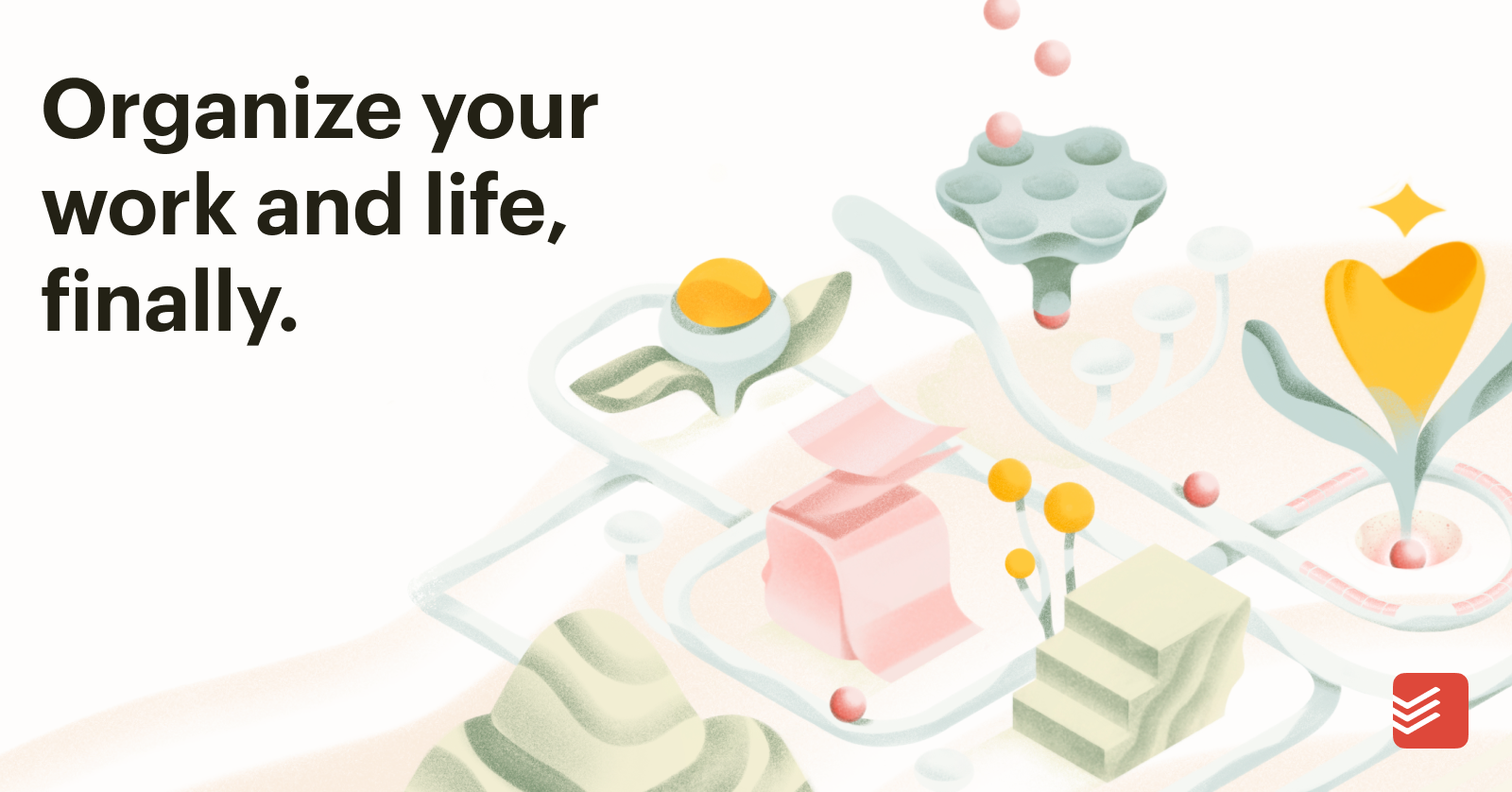10 Apps That Use The Points Feature
 Jason Louro
Jason LouroThis post is part of a series on how gamification mechanics are used effectively in various types of consumer apps. You may find these gamification examples helpful if you are looking to incorporate gamification into your product strategy.
The Points Feature and Its Role in Gamification
In gamification, "Points" are numerical values awarded to users for completing specific actions. They are interesting because they provide quantifiable feedback on progress and achievement. Apps use points to motivate users to engage more frequently, complete desired tasks, unlock features, and build loyalty, ultimately increasing retention and perceived value. Now, without further ado, here are 10 apps that use the points mechanic to delight and retain users.
10 Apps That Use The Points Feature
Duolingo
Duolingo is a language-learning platform that uses gamification to motivate users to learn new languages through points, levels, and streaks.

Duolingo uses points, or XP, as a core mechanic to drive user engagement and retention. Users earn XP by completing lessons, stories, and challenges. This visible progress provides a sense of accomplishment and encourages them to continue learning. The point system also creates a competitive element. XP contributes to a daily goal and position on leaderboards. Users are motivated to earn more points to maintain their streak, stay in a higher league, and avoid demotion. This friendly competition with other learners adds a social aspect to the app and incentivizes regular use. Beyond gamification, points add value by providing a concrete measure of progress. Users can track their learning efforts and see how consistently practicing leads to higher scores and league placements. This makes the time spent learning feel more worthwhile and reinforces the habit of daily practice. Ultimately, the points system within Duolingo provides positive feedback, motivates competition, and gamifies the learning experience to keep users engaged and returning for more.
Coursera
Coursera provides online courses, certificates, and degrees from top universities and institutions. It often includes gamified elements.

The Coursera app utilizes a Points system to encourage consistent learning behavior. Users earn points for completing lessons, submitting assignments, participating in discussion forums, and achieving milestones within courses or specializations. This simple reward system provides immediate positive reinforcement for actively engaging with the platform's educational content. Points earned serve multiple purposes. They visually represent a user's progress and commitment to learning, creating a sense of accomplishment and encouraging continued participation. Furthermore, the app often displays leaderboards or comparison metrics, allowing learners to see how their point totals stack up against others, fostering a sense of friendly competition and motivating them to strive for higher scores. Ultimately, the Points system on Coursera adds value by gamifying the learning experience. This makes learning more engaging and fun, leading to increased course completion rates and longer-term retention. The positive feedback loop generated by earning points reinforces good study habits and encourages users to actively pursue their educational goals within the Coursera platform.
GitHub
GitHub uses a contribution graph to visualize users' coding activity, encouraging them to contribute more regularly to open source projects.

The GitHub app leverages a Points feature to encourage user engagement and retain active members. Users earn points for completing various actions within the app, such as contributing code, reviewing pull requests, participating in discussions, and reporting issues. These points serve as a quantifiable measure of a user's activity and contributions, creating a sense of progress and accomplishment. The collected points often unlock specific benefits, like access to exclusive features, early access to new tools, or recognition badges displayed on user profiles. This gamified approach incentivizes users to consistently contribute and interact with the platform, fostering a more active and collaborative community. Ultimately, the Points feature adds value by providing tangible rewards and recognition for participation, thereby motivating users to remain engaged and actively contribute to the GitHub ecosystem. This, in turn, strengthens the platform by increasing the quality and quantity of contributions, making it a more valuable resource for all developers.
Khan Academy
Khan Academy provides free educational resources and uses points, badges, and progress tracking to motivate users to learn various subjects.
The Khan Academy app leverages a Points system to encourage consistent learning and user retention. Users earn points for completing activities like watching videos, answering questions, and mastering skills. These points provide a visible measure of progress and accomplishment, creating a sense of momentum and motivation. The app clearly displays points earned, keeping users aware of their progress. This system gamifies the learning process, making it more engaging and less like a chore. Seeing points accumulate provides a positive feedback loop, encouraging users to continue learning and explore new topics. Furthermore, the points can be used as a subtle incentive to complete exercises or learn new skills that users might otherwise avoid. Ultimately, the Points system adds value to the user experience by reinforcing positive learning behavior. It helps users track their progress, stay motivated, and develop a stronger sense of accomplishment, leading to better retention of information and a more positive association with the Khan Academy platform. By gamifying learning, Khan Academy makes education more approachable and rewarding.
Simply Piano
Simply Piano offers personalized courses and uses gamified exercises to make learning piano fun and engaging. It provides instant feedback and adapts to your skill level.
Simply Piano uses a points system to motivate users and keep them engaged. Users earn points for successfully completing lessons, practicing songs, and achieving milestones. These points serve as a visual representation of progress, allowing users to see how far they've come. The app also features leaderboards where users can compare their point totals with others, fostering a sense of competition and encouraging further practice. The points system adds value by unlocking new content and features. Accumulating enough points might unlock new songs, lessons, or even personalized learning paths. This creates a tangible reward for dedication and consistent practice, making the learning experience more satisfying. Instead of solely focusing on technical skill, the app rewards effort and time invested, making it more accessible and motivating for beginners. Finally, the points system contributes to user retention. By providing continuous feedback through points accumulation and unlocking rewards, Simply Piano creates a positive reinforcement loop. Users are more likely to continue using the app if they feel they are making progress and being rewarded for their efforts. This leads to increased user engagement, longer practice sessions, and ultimately, a higher likelihood of users achieving their musical goals.
Stack Overflow
Stack Overflow uses a reputation system and badges to encourage users to contribute to the community and provide helpful answers to programming questions.
The Stack Overflow app leverages a points system to encourage user participation and foster a healthy community. Users earn points by asking good questions, providing helpful answers, editing posts, and participating in other site activities. These points serve as a public indicator of a user's expertise and reputation within specific technology areas. The accumulation of points unlocks privileges and features within the app. As users gain more points, they are granted abilities such as voting on questions and answers, commenting on posts, editing other users' content, and even moderating the platform. These privileges empower users, making them feel more invested in the community's success. Ultimately, the points system drives engagement by providing tangible rewards for valuable contributions. It incentivizes users to share their knowledge, improve the quality of content, and actively participate in maintaining a helpful and reliable resource for the programming community. This system improves user retention by giving contributors a sense of belonging, accomplishment, and recognition for their efforts.
Playground Sessions
Playground Sessions teaches piano using interactive lessons and real-time feedback, turning practice into a game. It features courses designed with Harry Connick, Jr.
Playground Sessions uses Points to motivate users and keep them practicing. Users earn Points by completing lessons, practicing songs, and achieving high scores. These Points act as a visible measure of progress, showing learners how much they've accomplished. Points unlock new features and content within the app. Players can redeem points for new songs, access advanced lesson material, and unlock custom avatars. This creates a tangible reward system that encourages users to keep learning and progressing. The Points system fosters a sense of competition and community. Leaderboards show how users rank against each other, encouraging friendly rivalry and pushing players to improve. This gamified approach makes learning piano more engaging and helps retain users by providing continuous motivation and a clear path for advancement.
Quizlet
Quizlet is a learning tool that allows users to create and study flashcards, with points and badges awarded for mastering different subjects.
Quizlet leverages its Points system to drive user engagement and improve learning outcomes. Users earn points by completing various activities such as studying flashcards, playing learning games like "Match" and "Gravity", and achieving mastery of specific terms. These points provide immediate feedback on a user's progress, gamifying the learning process and making it more enjoyable. The Points system also fosters a sense of competition and achievement. Users can track their points on leaderboards, comparing their progress against friends or other learners within a study set. This friendly competition motivates users to study more frequently and thoroughly, ultimately contributing to better retention of the material. By associating points with learning activities and providing a sense of accomplishment, Quizlet encourages consistent engagement. This consistent engagement translates to more time spent studying and a deeper understanding of the subject matter, ultimately adding value to the user's learning experience by improving their knowledge and grades.
Scratch
Scratch is a visual programming language that allows users to create interactive stories, games, and animations. It is designed for young learners.

Scratch, the visual programming language for kids, doesn't directly use a traditional "points" system in the way many games do. Instead, engagement is driven by the intrinsic rewards of creation and sharing. Users are motivated by seeing their projects come to life, receiving positive feedback (comments and remixes) from the community, and gaining recognition for their creativity. These informal rewards function similarly to points, encouraging users to continue creating and sharing. The platform emphasizes a collaborative and supportive environment. A user's profile displays projects shared, projects remixed, and studios followed or created. This visibility acts as a form of social currency. Building a popular project or contributing meaningfully to other users' projects increases one's standing within the community, motivating further participation and creation. The "Following" feature reinforces this. Users follow creators whose work they admire. When these followed creators share new projects, followers are notified, leading to increased engagement and a feeling of belonging. This network-driven engagement, combined with the inherent satisfaction of creation, effectively substitutes a conventional points system, fostering long-term retention and a vibrant community.
Todoist
Todoist is a task management app that rewards users with points and levels for completing tasks and staying organized.

Todoist employs a point system, called "Karma," to encourage consistent task management and build positive habits. Users earn points for completing tasks, maintaining streaks, achieving goals, and exploring app features. The accumulation of Karma serves as a visible progress tracker, rewarding users for their effort and commitment to productivity. This gamified approach enhances user engagement by providing a sense of accomplishment and motivation. Seeing points increase after each completed task reinforces positive behavior and encourages users to keep up with their to-do lists. Reaching specific Karma levels unlocks new themes and features, adding another layer of incentive to stay active within the app. By turning task management into a rewarding experience, Todoist's Karma system promotes user retention. The visual representation of progress and the unlockable rewards foster a sense of investment and commitment. Users are more likely to continue using Todoist when they see tangible evidence of their productivity and are motivated by the potential for further achievement.
Conclusion
These are just a few examples of how points can be used as a gamification mechanic to improve consumer apps and platforms. We hope you found these examples inspiring and that they help you think about how you can incorporate gamification into your own product strategy.
If you're looking to build gamification into your app or platform, we encourage you to check out Trophy, a set of APIs and tools that make it easy.
Add gamification and retain your users
Trophy provides APIs and toolkits for adding gamification features to your app. If these examples have resonated with you, you'll want to give it a try.
Trophy is gamification infrastructure that retains users.
Gamification infrastructure that retains users.
Gamification APIs for web and mobile
Free up to 100 users. No CC required.
Get updates
Stay in the loop with all things gamification.